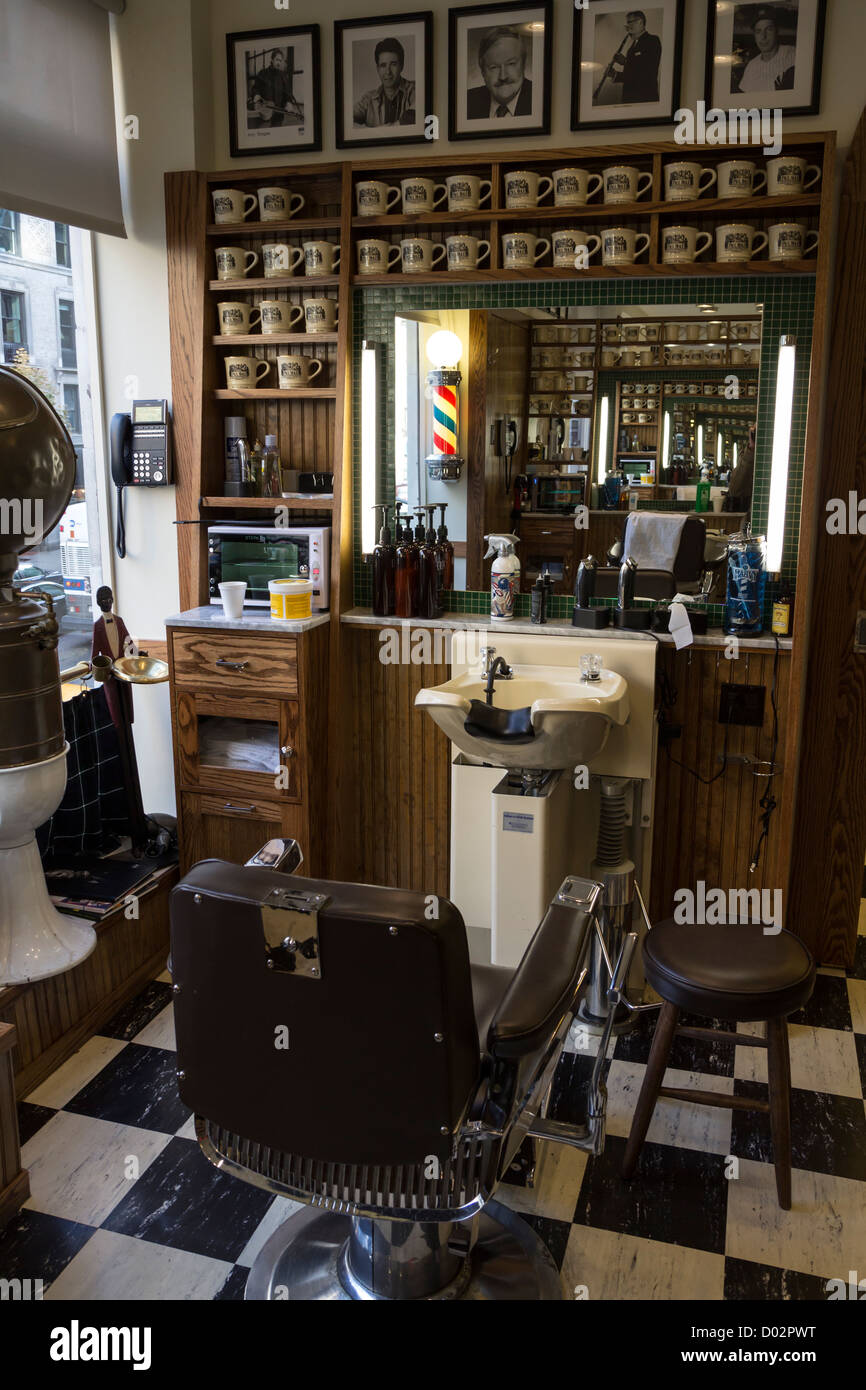While consulting a hairstylist, being able to accurately communicate your ideal haircut is vital for reaching the desired appearance. A thorough description helps the stylist interpret your expectation and reduces the chances of miscommunication. To ensure that you get the haircut you want, it is necessary to get ready in advance and consider several critical factors when expressing your preferences. These factors comprise hair cut, texture, design, and any specific elements that you would like to incorporate.
First, consider the length of your hair. Haircuts can range from very short styles like pixies to long layers that fall below the shoulders. It is helpful to specify whether you want a trim, a significant cut, or a complete transformation. Using precise terms such as "shoulder-length" or "mid-back" can provide clarity. Additionally, discussing the possibility of bangs or layers helps the stylist visualize your request more accurately. Being clear about how much length you wish to maintain or remove will significantly influence the outcome of your haircut.
Secondly, hair texture plays a key role in determining how a style will look. Different textures—such as straight, rippled, ringlet-filled, or coily—respond uniquely to specific cuts. When describing your ideal cut, it is important to note your tresses’ inherent structure and whether you plan to utilize any hair tools or products. For example, if you have dense hair, you may want to request for creative hairstyles de-bulking methods to reduce volume. Conversely, if your hair is thin, you might seek texturizing that create fullness. This information enables the professional to tailor the cut based on how your strands behaves.

In addition to hair length and structure, discussing the overall style you want can offer guidance for the hair professional. There are a variety of hairstyles to choose from, including timeless styles like bobs and modern variations like angled cuts. It is beneficial to provide examples of looks that you like—these could be images from magazines or social media platforms. Pointing out distinct elements such as soft edges, sharp lines, or stacked layering can assist in conveying your idea more clearly. This ensures that both you and your stylist are on the same page regarding desired outcome.
Lastly, don't forget to mention any unique features that might elevate your haircut. This could include factors such as face shape or personal style preferences that affect the overall look. For instance, those with circular face shapes might prefer gentle contours to elongate their appearance, while clients with square faces may opt for blended layering to soften their jaw structure. In addition, discussing shade preferences can also be part of this consultation; specifying if you want accent tones or a solid color can better shape your ideal haircut.
To summarize, successfully communicating your desired style involves thoughtful Discover More evaluation of several key elements: length, hair type, style, and distinct traits. By preparing in advance and being clear about these elements, clients can significantly improve their experience at the studio and boost the chances of leaving with a haircut they love. A productive consultation with a hair professional is built on open dialogue and shared expectations. This collaborative approach guarantees that both client and technician work together towards creating the desired outcome.